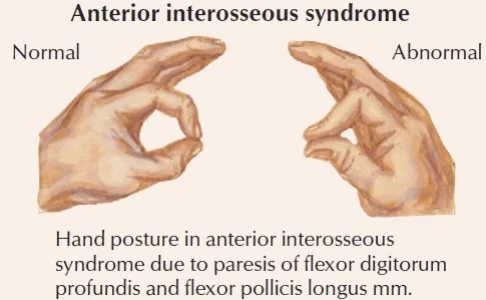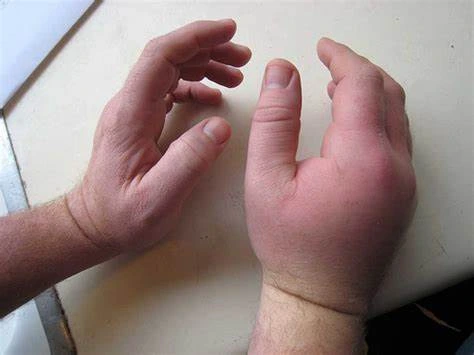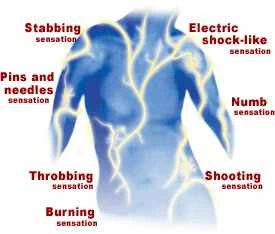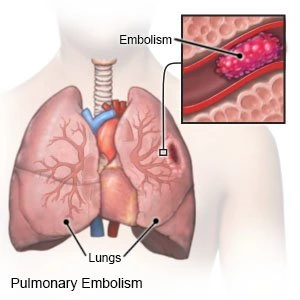Tolosa-Hunt syndrome
What is Tolosa-Hunt syndrome?
A Tolosa-Hunt syndrome is an idiopathic inflammatory disease of the cavernous sinus and orbital apex that is a clinical exclusion diagnosis. Tolosa Hunt syndrome is a rare disorder characterized by severe unilateral headaches with orbital pain, as well as weakness and paralysis (ophthalmoplegia) of specific eye muscles.
Epidemiology
The annual calculated incidence of Tolosa Hunt syndrome is approximately one case per million per year. It is seen worldwide without any geographical or racial majority. It is uncommon to notice Tolosa Hunt syndrome in young persons. The moderate age of beginning is 41 years according to the National Organization for Rare Disorder. Although generally unilateral, either side can be involved, and there has been case information regarding bilateral involvement (roughly 5%). There is no male-female bias.
Symptoms of Tolosa-Hunt syndrome
Symptoms are generally specified to one side of the head, and in most cases, the individual involved will feel extreme, sharp pain and paralysis of muscles near the eye. Symptoms may decrease without medical intervention, yet recur without an evident way.
In addition, involved people may feel paralysis of different facial nerves and drooping of the upper eyelid (ptosis). Further signs contain:
- double vision
- fever
- chronic fatigue
- vertigo
- arthralgia
Sometimes the person may present with a sensation of protrusion of one or both eyeballs (exophthalmos).
Causes of Tolosa-Hunt syndrome
The reason for the TolosaHunt syndrome is not known, but the condition is thought to be, and usually considered to be, associated with inflammation of the sites behind the eyes (cavernous sinus and superior orbital fissure).
Differential Diagnosis
- Anisocoria
- Benign Skull Tumors
- Brain Mets
- Cavernous Sinus Syndromes
- Cerebral Aneurysms
- Cerebral Venous Thrombosis
- CNS Whipple Disease
- Diabetic Neuropathy
- Epidural Hematoma
- Lyme Disease
- Meningioma
- Migraine Headache
- Neurosarcoidosis
- Pediatric Craniopharyngioma
- Polyarteritis Nodosa
- Primary CNS Lymphoma
- Primary Malignant Skull Tumors
- Systemic Lupus Erythematosus
- Tuberculous Meningitis
- Varicella Zoster
Diagnosis
TolosaHunt syndrome is generally diagnosed through exclusion, and as such a vast quantity of laboratory examinations are needed to rule out different reasons for the patient’s symptoms. These examinations contain a complete blood count, thyroid function examinations, and serum protein electrophoresis. Analyses of cerebrospinal fluid may also be useful in differentiating between TolosaHunt syndrome and diseases with equal signs and symptoms.
MRI studies of the brain and orbit with and without contrast, magnetic resonance angiography or digital subtraction angiography, and a CT scan of the brain and orbit with and without contrast may all help detect inflammatory changes in the cavernous sinus, superior orbital fissure, and/or orbital apex. Inflammatory modification of the orbit on cross-sectional imaging in the lack of cranial nerve palsy is defined by the more benign and general nomenclature of orbital pseudotumor.
Occasionally a biopsy may require to be brought to verify the diagnosis, as it helps rule out a neoplasm. Different diagnoses to evaluate include migraine, craniopharyngioma, and meningioma
Treatment of Tolosa-Hunt syndrome
Treatment of TolosaHunt syndrome contains immunosuppressives like corticosteroids (frequently prednisolone) or steroid-sparing agents (like methotrexate or azathioprine).
Radiotherapy has also been suggested
Prognosis
The prognosis of TolosaHunt syndrome is generally thought fine. A person generally responds to corticosteroids, and spontaneous remission can happen, although the motion of ocular muscles may stay damaged. Approximately 30 – 40% of persons who are managed for TolosaHunt syndrome feel a relapse
FAQ
Is Tolosa-Hunt syndrome serious?
A Tolosa-Hunt syndrome is not a fatal condition, persons feel the unilateral beginning of acute orbital pain and ophthalmoparesis, and the condition may risk sight if untreated inflammation spreads beyond the cavernous sinus to include the optic nerve.
What are the criteria for the Tolosa hunt?
In 1988 the International Headache Society described the diagnostic measures of Tolosa-Hunt syndrome (THS) to contain episode(s) of unilateral orbital pain for an average of 8 weeks if untreated, with associated paresis of one or more of the fourth, third, and sixth cranial nerves.
Is Tolosa-Hunt syndrome autoimmune?
While the actual reason for the Tolosa-Hunt syndrome is unknown, one idea is an abnormal autoimmune reaction connected with inflammation in a precise region behind the eye (cavernous sinus and superior orbital fissure).
Can you cure Hunt syndrome?
Outlook (Prognosis) If there is no greatly injure to the nerve, you should get better fully within a few weeks. If an injury is more extreme, you may not completely recover, even after several months. General, your possibilities of recovery are better if the therapy is initiated within 3 days after the symptoms start.
How many people have Tolosa hunted?
The Tolosa-Hunt syndrome is an irregular syndrome with an evaluated annual incidence of one case per million per year. It is described by painful ophthalmoplegia (weakness of the eye muscles) and is generated by idiopathic granulomatous inflammation of the cavernous sinus.







